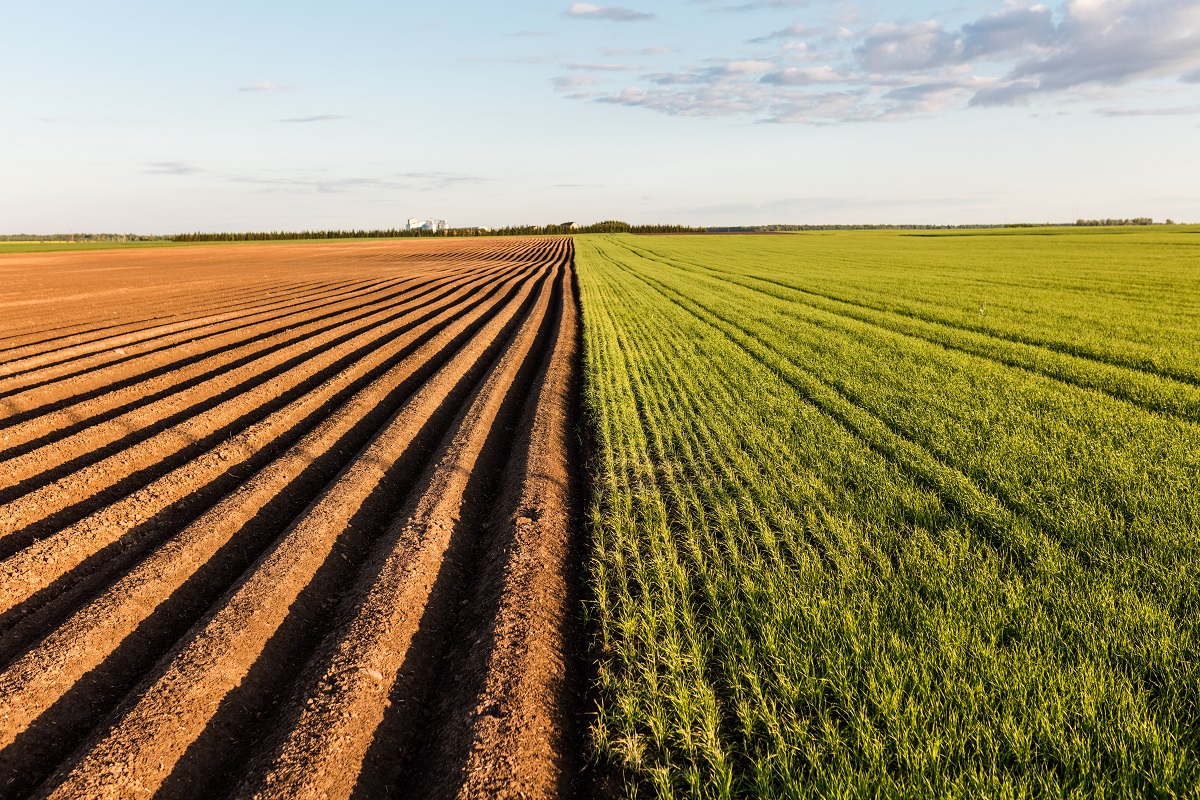- Strategic financial management, including cost-cutting measures, is crucial for successful wheat farming.
- Leasing or purchasing used machinery, particularly tractors, can significantly reduce costs.
- Streamlining farming processes through optimizing fertilizer use, crop rotation, and precision farming enhances profitability.
- Buying in bulk and selling unused assets can lead to substantial savings and increased farm profits.
- Wheat farmers can create a more successful business through careful strategic financial management.
Strategic financial management can be the key to long-term profitability when running a successful wheat farm. One of the most impactful ways to improve your farm’s bottom line is to cut unnecessary expenses. Understanding your specific needs and conditions will allow you to tailor your cost-saving measures and ensure your wheat farming business flourishes.
Consider Leasing or Buying Used Equipment

When growing a wheat farm business, one of the most crucial decisions a farmer can make is whether to lease or buy used equipment. This decision can significantly impact the farm’s financial stability and efficiency. Thus, it is essential to understand the benefits of each option and identify what works best for the farm. Looking for high-quality preowned tractors for sale is one way to lessen the cost of purchasing equipment.
A tractor is an integral component of successful wheat farming operations. It is used for various tasks, from plowing to planting and harvesting, making it a vital tool for increasing productivity. With its ability to cover large land areas efficiently, a tractor can significantly reduce manual labor, saving valuable time and effort that can be redirected to other essential farming activities.
A dependable dealer can help find equipment that matches the farm’s needs and budget. By prioritizing the purchase of used equipment, farmers can acquire necessary machinery without spending too much money, which can be used for other aspects of the business.
Streamline Farm Processes
Streamlining your wheat farm processes is one of the best ways to maximize your small business’s profits. Look at the labor costs associated with each step of the farming process and determine which areas you can safely cut back on without sacrificing efficiency. Here are some helpful tips:
Optimize Fertilizer Use

Optimizing fertilizer use is a crucial aspect of farming that can significantly reduce costs and maximize resources. By applying the right amount of nutrients at the right time, farmers can enhance the productivity of crops, ensure maximum crop yield, and minimize wastage of soil nutrients.
This practice involves analyzing soil tests, understanding plant requirements, and applying fertilizers accordingly. Proper optimization of fertilizers can also help mitigate the negative impacts of fertilizer application on the environment by reducing runoff and minimizing the leaching of excess nutrients.
Implement Crop Rotation
Crop rotation is a fundamental principle in modern agriculture that involves regularly changing the crops grown in a specific field or area. It is an indispensable method for boosting soil health, minimizing pest and disease pressure, and increasing crop productivity.
The primary objective of crop rotation is to return soil nutrients taken up by a previous crop. You can balance nutrients and soil organisms by rotating your crops to ensure optimum soil health. This approach helps prevent plant diseases, pests, and weeds, lowering the need for fertilizers and pesticides, thereby reducing costs.
Employ Precision Farming Techniques
Precision farming techniques have revolutionized farmers’ operations, offering an efficient and cost-effective approach to agricultural production. These techniques allow farmers to apply the right amount of resources, including water, fertilizers, and pesticides, to only where and when needed.
This helps reduce overall operating costs for the farmer while maximizing yields, resulting in more profitable farming. With technology such as GPS mapping, remote sensing, and drones, monitoring the health of crops has become easier than ever before.
By identifying areas of the field that require extra attention, farmers can save money by not being required to apply additional resources across the board. In conclusion, adopting precision farming techniques is smart for any farmer looking to cut costs while increasing profitability.
Purchase in Bulk
Purchasing in bulk refers to buying larger quantities of supplies or materials than needed for immediate use, to cut costs. This approach is applicable in several sectors, including agriculture, pharmaceuticals, and manufacturing. By buying in bulk, farmers can take advantage of economies of scale, whereby the cost per unit reduces as the quantity purchased increases.
Suppliers can offer lower unit prices due to reduced packaging and handling costs, reduced losses, and increased sales volumes. For wheat farmers looking to optimize their returns, purchasing in bulk is an important strategy that can reduce expenses and enhance profitability.
Sell Unused Assets
Selling unused assets is an important financial practice that can significantly reduce costs and improve profits. It involves selling items that are no longer needed and different from the primary focus of a business. For instance, a wheat farm owner can sell unused equipment and machinery to have additional funds to use for their primary business.
Doing this helps eliminate the costs and maintenance of assets that no longer serve any purpose. By eliminating the dead weight, the owner can focus on augmenting their wheat farm with better resources and eventually grow their business.
In conclusion, strategic financial management is key to running a successful wheat farming business. You should explore these avenues, consider their value to your operations, and take decisive action to improve your bottom line. Remember, every step taken towards more efficient financial management is a step towards a more prosperous wheat farming business.

